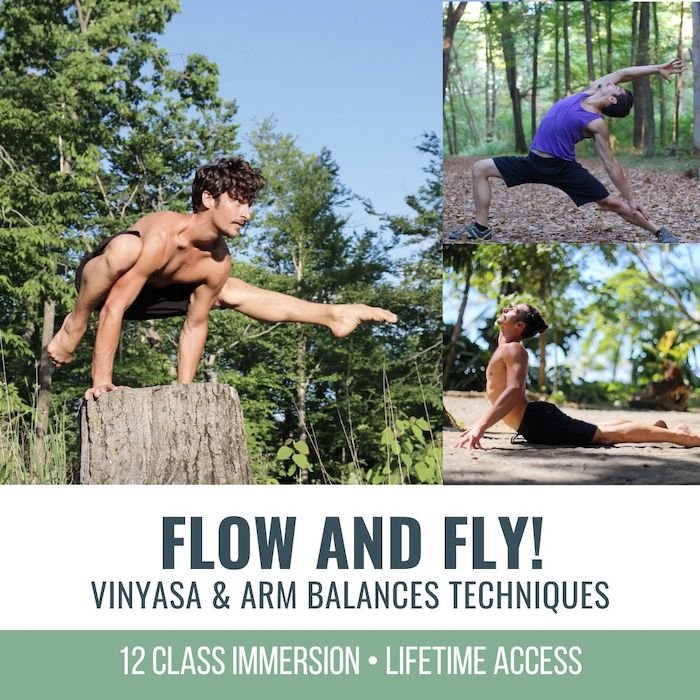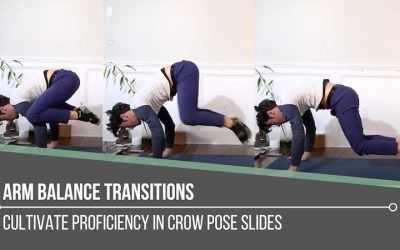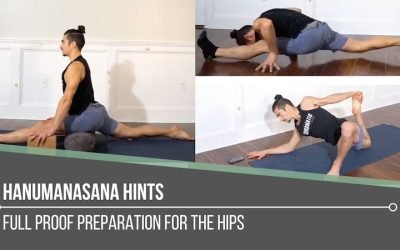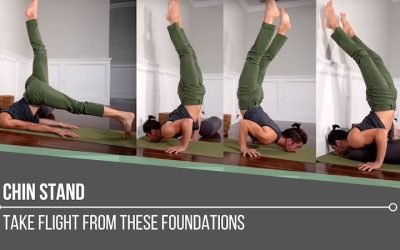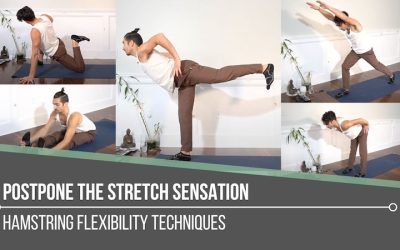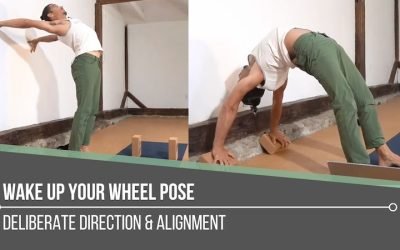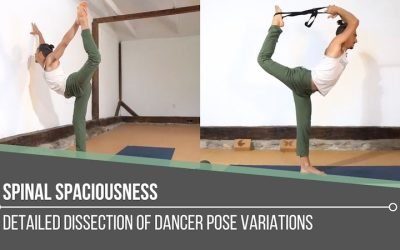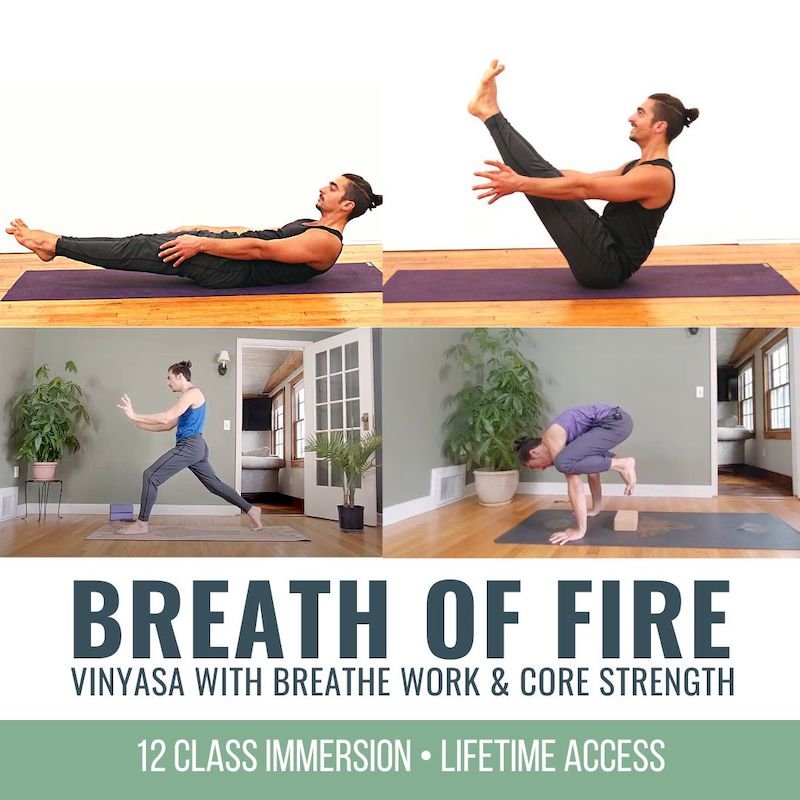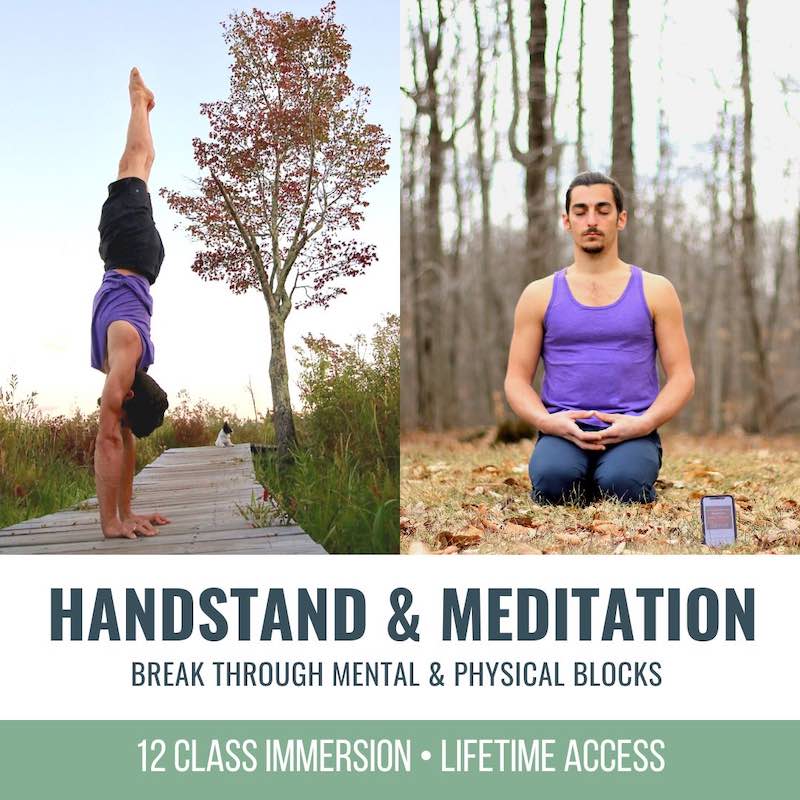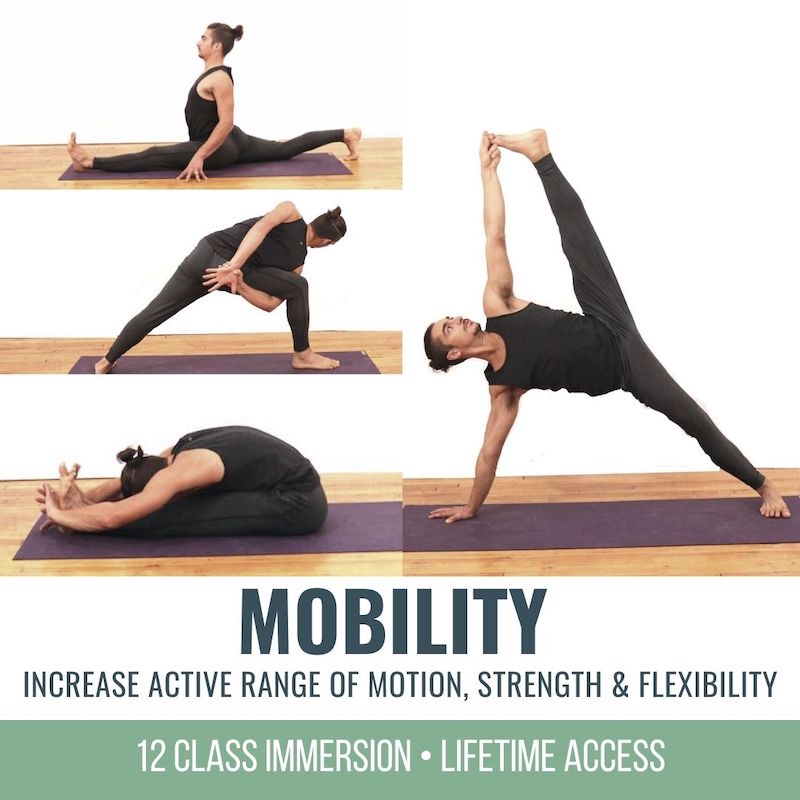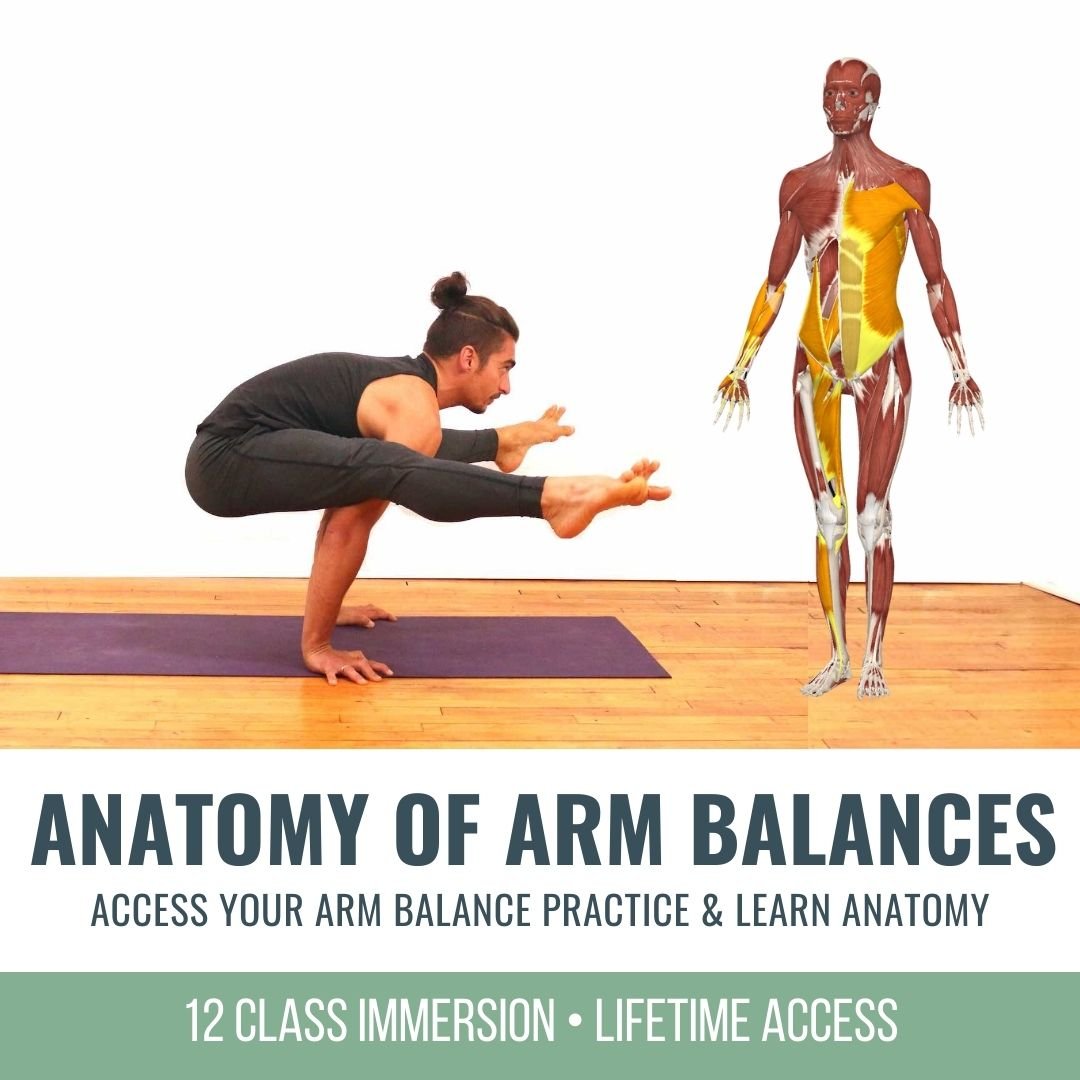Arm Balance TransitionskakasanaARM BALANCE TRANSITIONS Arm balance postures can be challenging enough without attempting to layer on a smooth transition in and out of them. However, fluid transitions are a natural progression in our yoga practice; they also provide...
Learn To Lift In Lolasana
Learn to Lift in Lolasana
Crucial Techniques for Takeoff
pendant pose
LEARN TO LIFT IN LOLASANA
If you read my previous blog about One-Legged Crow, then you’ll know it started off with how much Matt stresses leaning forward in that posture (and in most arm balances in fact). I could start here in exactly the same way because leaning forward is truly the best place to start when you’re trying to learn to lift in Lolasana; however, it’s wishful thinking to believe that it is as simple as that. Today, Matt provides not only the variations to explore but also exactly what leaning forward entails, particularly when it comes to Lolasana. This pose is unique in that it requires an astonishing amount of hip flexor strength in order to actually achieve the lift. The variations and techniques Matt offers today provide a clearly defined path to strengthen your body and to more deeply develop the areas that may be the hurdle to actually achieving Lolasana.
FLOW & FLY
MAY 2023 Immersion
- 12 Vinyasa-style practices
- Increase your cardiovascular activity
- Foundational and advanced arm balance techniques
- Improve balance and proprioception
- Accessible modifications and sequences
- Appropriate variations for your level of practice
- Improve wrist, core, and shoulder strength
- ALL LEVELS APPROPRIATE
$148.00
UNDERSTANDING YOUR PUSH MUSCLES
Before you lean forward, creating the right shape with your body is imperative. To this end, you will be placing your awareness on activating specific muscle groups to support where you’re required to be in space in order to learn to lift in Lolasana. Activating and strengthening your push muscles will support this endeavor. Your serratus anterior helps to protract the scapulae, which is important because the amount of space between you and the ground is vital—you need enough room for lift-off. While you’re creating space between your shoulder blades as a result of the push of the hands, you’re contracting the chest muscles, which fires up the triceps. Being aware of how one action informs the next will help you find the amount of lean required for this arm balance.
WATCH THE VIDEO
LEARN TO LIFT IN LOLASANA: CRUCIAL TECHNIQUES FOR TAKEOFF
WHAT’S INVOLVED IN LEANING FORWARD?
One thing you’ll come to understand very quickly when you practice with Matt is that nothing works in isolation. You’ll hear him refer to the “team effort” of the actions that are layered to create the desired output. This is the Chromatic way. For example, the push muscles help inform the shape of your body, and one of the push muscles’ teammates is wrist extension. An appropriate amount will help propel your body forward with control. When you examine Lolasana step by step, you’ll see that your shoulders are required to move in front of your wrists. Once this is achieved, Matt explains that it will encourage increased “lightness” in the legs in order for you to take flight. Knowing this will allow you to learn to lift in Lolasana, but first, you must find confidence in the direction of the lean.
200 HOUR ONLINE TEACHER TRAINING
GET CERTIFIED & DEEPEN YOUR YOGA PRACTICE
- Deepen your yoga practice
- Build confidence speaking in front of groups in person and online
- Learn foundational class structures and templates
- Learn techniques for a wide range of yoga postures
- Get certified and highly qualified to teach yoga
- Yoga Alliance Globally Recognized Certification Program
KEY ACTIONS IN LOLASANA
Among the variations in today’s video, you’ll gain some great insight into how to place your hands on blocks. This is an important step in early preparation. Using blocks under your hands both supports the required amount of wrist extension and assists your hip flexors so that you won’t have to lift them as high as in the variations without blocks. Following the variations in the order that Matt provides them is always advisable. Understanding the key action of the posture will also help to unfold where you need to place your attention.
Key Actions:
- Grip your fingers into the ground
- Lean forward enough for the shoulders to move ahead of the wrists (like you’re going to do a somersault)
- Push the floor or blocks away to protract the scapulae
- Pull your knees into your chest
- Lift your feet off of the ground
300 HOUR ONLINE TEACHER TRAINING
GET 500 HOUR CERTIFIED AS A MASTER TEACHER
Master your skill set as a teacher through refined techniques, anatomy, biomechanics, sequencing, philosophy, meditation techniques, theming, yoga business, and much more!
- Get 500 hour certified
- Learn anatomy, biomechanics, asana techniques
- Expand your teaching skills
- Masterful sequencing and verbal delivery
- Learn meditation and breathwork techniques
- Transformative tools: theming, dharma talks, satsang
THE OVERLAP IN ARM BALANCES
Even though arm balances share a high degree of challenge and are unique in their own ways, they also share a certain amount of overlap. This crossover allows you to work on techniques that can unlock other arm balances in your physical yoga practice. Wrist extension and shoulder protraction are the most obvious actions that overlap and are required for most arm balances. Lolasana is extremely challenging, but it provides an opportunity to step back and work on these 2 actions before you can even consider adding in the element of the lift.
In Matt’s immersion Flow and Fly, not only will you acquire the skills to learn to lift in Lolasana, but you’ll also learn the techniques that overlap in a wide variety of arm balances.
Jump in so that you can take the steps to lean, lift, and fly!
The 200 Hr. Teacher Training: Click Here to See the Next Start Date
The 300 Hr. Advanced Teacher Training: Click Here to See the Next Start Date
Article by Trish Curling
Video Extracted From: Flow and Fly
FLOW & FLY
MAY 2023 Immersion
- 12 Vinyasa-style practices
- Increase your cardiovascular activity
- Foundational and advanced arm balance techniques
- Improve balance and proprioception
- Accessible modifications and sequences
- Appropriate variations for your level of practice
- Improve wrist, core, and shoulder strength
- ALL LEVELS APPROPRIATE
$148.00
Continue Learning
Arm Balance Transitions
Hanumanasana Hints
Hanumanasana HintssplitsHANUMANASANA HINTS Applying intelligent techniques to a posture like Hanumanasana is crucial—simply hoping for the best is definitely not the way to go! That mindset leaves us vulnerable to injury. Hanumanasana is also the type of pose that can...
Chin Stand
Chin Standganda bherundasanaCHIN STAND Without a doubt, Chin Stand requires preparation. This posture must be approached with the utmost humility, essential in order to respect the potential risk. If this pose is not explored regularly in our physical practice, it may...
Postpone The Stretch Sensation
Postpone the Stretch SensationflexibilityPOSTPONE THE STRETCH SENSATION If one of the goals of our physical yoga practice is to increase flexibility, we may automatically believe that we just need to stretch more. It’s critical that we understand that increasing...
Wake Up Your Wheel Pose
Wake Up Your Wheel Poseheart openerWAKE UP YOUR WHEEL POSE We don’t have to question it—we know whether or not we’re feeling open, free, and strong in Wheel Pose. There’s a lightness and expansiveness that takes over when everything falls into place: From the initial...
Spinal Spaciousness
Spinal Spaciousnessdancer poseSPINAL SPACIOUSNESS Some key indicators of spinal health include strong bones, durable yet flexible ligaments, supple discs, and strong supportive muscles. Aside from nutrition, it’s not enough to say that movement in general is enough to...
THE FREE TECHNIQUE PACK
When You Subscribe, You Will Get Instant Access to
- the Technique Pack: 15 yoga pose breakdowns
- exclusive online course discounts
- exclusive blogs and videos

